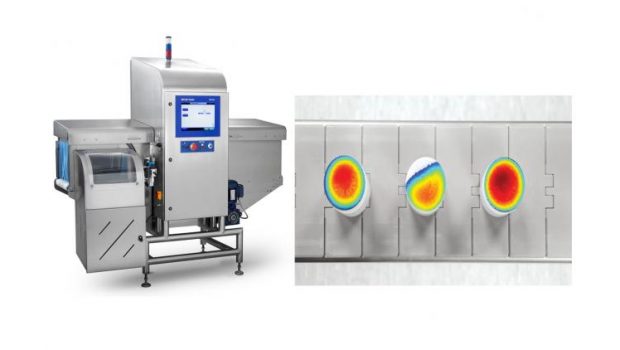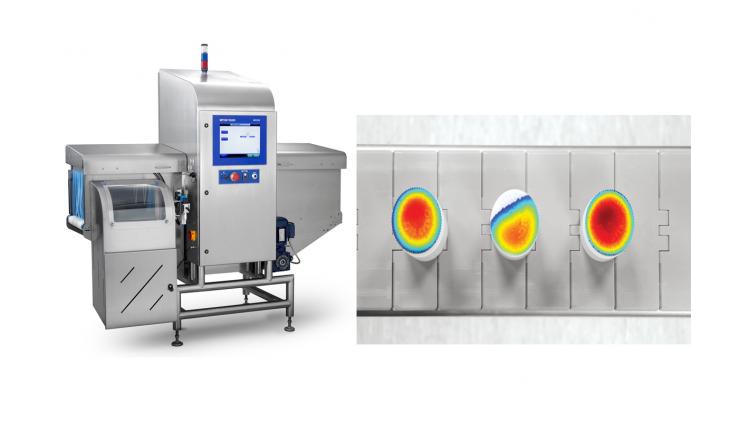The Positive Impact of Automated Imaging for Packaging Lines
Several hundreds of years after the factory system was first introduced, advances in computer technology have gone far beyond what anybody at the time could have possibly projected to happen in the future. One of the fields that benefited greatly from these was that of automated imaging, sometimes referred to as machine vision, which has eliminated the need for manual labor in terms of certain areas of packaging and product inspection.
It Makes Products Easier to Trace
Because more consumers are keeping an eye on how safe it is to each product that they buy, it should not be impossible to trace the source of any production problem. As such, safety regulations have been put into place by regulating boards and organizations. Companies must make it easy to track where an issue occurred within the production line, whether it is at the start, middle, or end of the process. Automated imaging systems make it possible to collect data from labels with different types of codes, keeping the production line going while at the same time storing pertinent data for later perusal.
It Allows for More Transparency with Consumers
With easy access to the internet has risen a certain steadfastness wherein consumers, wanting to make more informed decisions, look carefully into the sources of the products that they buy on a regular basis. For them, it is absolutely essential that any and all crucial details about their purchases are made readily available and easy to look for, such as nutritional information printed directly onto food packaging for quick reference. Automated imaging makes it easier for companies to check if the information printed on the labels are both correct and easy to read. It also makes inspecting for wears, tears, folds, or wrinkles less time-consuming.
It Lessens the Chances of Releasing the Wrong Products
The alarming rate in which certain companies have mistakenly put mislabeled products on the shelves does much more than inconvenience customers. It could actually endanger them, such as if a product has not been properly labeled with the correct ingredients, thus putting those with severe or life-threatening allergies at risk. Because these inspection systems will need to withstand environments where thorough disinfection and cleaning must take place, automated imaging can now be created with food-grade materials in order to withstand harsh factory conditions.
The Takeaway: Automated Imaging Improves Transparency, Accuracy, and Safety
We have now come to a point of such seamless integration and effective automation that automated imaging is no longer used only for scientific research purposes, but for every day manufacturing and packaging processes as well. Certainly, packaging professionals have envisioned systems that would improve production lines, but as the real-world results have far exceeded anybody’s expectations, it can only get better from there. With the continuous improvements in precision, quality, and efficiency, time can only tell what other discoveries will be made in this industry in the next few years, all with the end result of increased profitability for various companies, perhaps even your own.










![Fun Facts About Drupal [Infographic]](https://technofaq.org/wp-content/uploads/2018/03/drupal-infographic-150x150.png)





